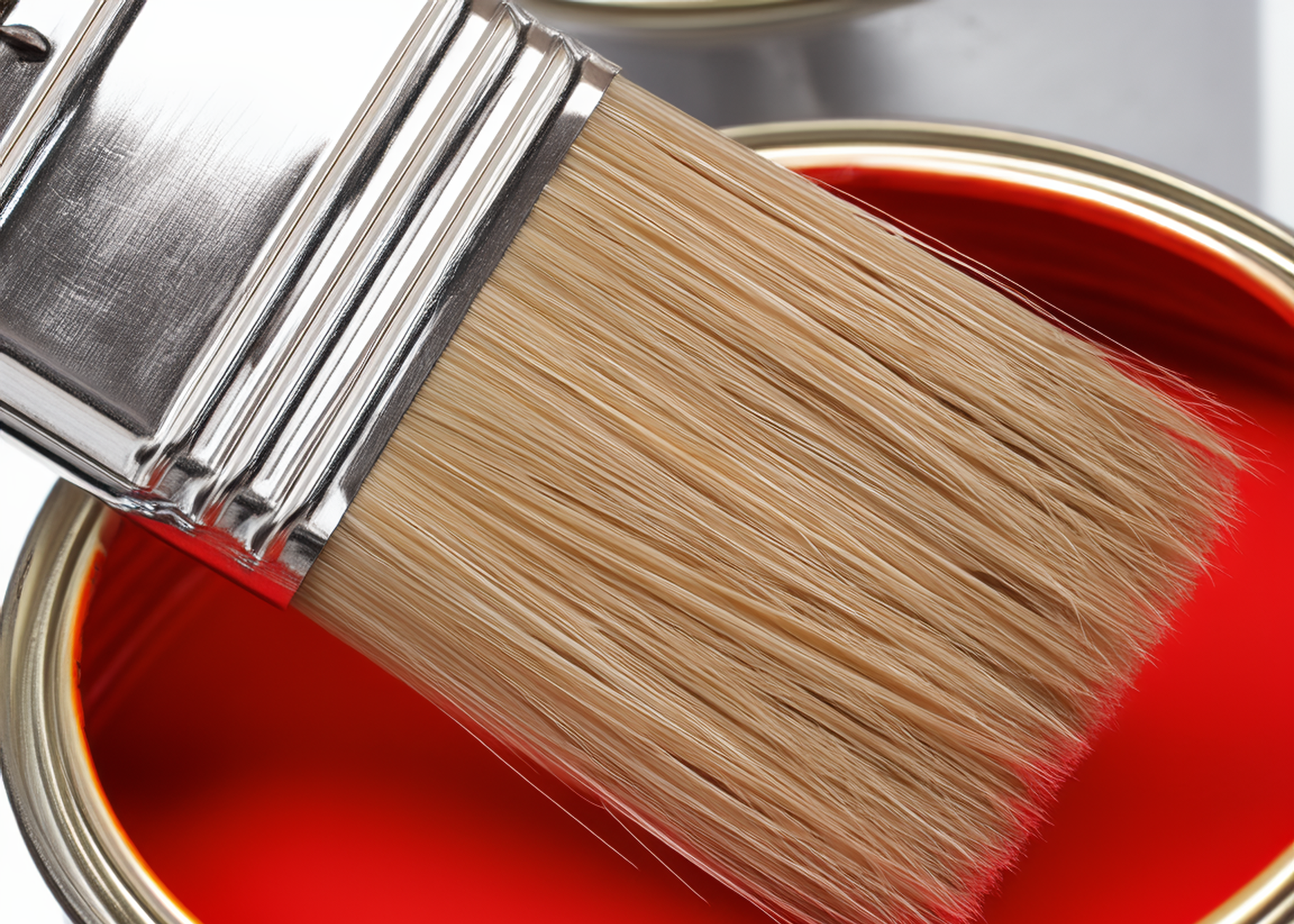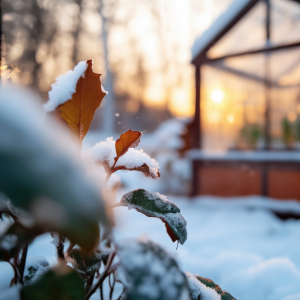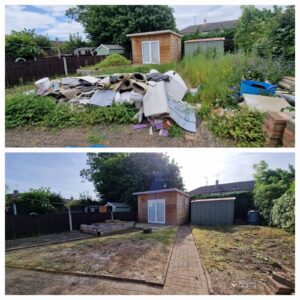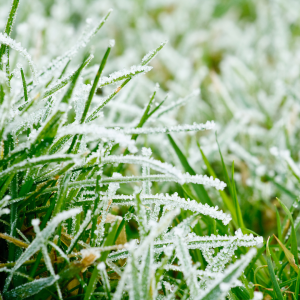Priming is a crucial step in painting projects, ensuring that the paint adheres well to the surface and that the final colour is even and true. However, the number of coats required can vary based on several factors. Here’s a comprehensive guide on when to use primer and how many coats you might need for your specific project.
What Is Primer?
Primer is a preparatory coating applied before painting. It helps seal the surface, improves the adhesion of the topcoat, and enhances the durability and appearance of the paint.
Do You Really Need Primer?
In most cases, is necessary. It’s especially important when:
- Covering old paint, particularly if it’s a different colour.
- Painting unfinished surfaces like wood or drywall.
- Switching from oil-based to latex-based paint.
- Painting over stains or mould.
- Using lower-quality paint.
How Many Coats of Primer to Use
When to Use One Coat
One coat is sufficient in the following scenarios:
- Similar Paint Colors: When repainting with a colour that is similar to the existing one.
- Light to Dark Colors: When transitioning from a lighter to a darker paint colour.
- Good Condition Surfaces: Smooth and well-maintained surfaces, including metals.
When to Use Two Coats
Two coats are recommended for:
- Unfinished Wood: Bare wood requires more primer to ensure proper adhesion.
- New Drywall: Use PVA primer to prevent a splotchy finish.
- Wallpaper: Preparing to paint over wallpaper.
- Poor Condition Metals: Surfaces with rust or degradation.
- Drastically Different Colors: Transitioning from dark to light colors.
- Stain Coverage: Using a stain-covering primer for stubborn stains.
When to Use Three Coats
Three coats are rarely needed but may be necessary if:
- Inadequate Coverage: The second coat does not provide sufficient coverage.
- Uneven Surfaces: Painting over rough surfaces like masonry, plaster, or drywall joint compound.
- Severe Stains: Covering major stains like water damage on ceilings.
Types of Primer
Different surfaces and conditions call for specific primers:
- PVA: Best for new drywall.
- Stain-Covering: Effective for ordinary stains.
- Mold-Killing: Necessary for surfaces with mould.
- Bonding: Essential when painting over oil-based paint with latex paint.
- Knot-Sealing: Ideal for knotty wood.
Tips for Using Primer
- Tinting Primer: To help cover drastically different colours, tint the primer to around 50% of your final paint colour.
- Application: Follow the manufacturer’s instructions for the best results, including any necessary steps between coats such as sanding.
- Smooth Finish: While it’s not necessary to sand between coats, lightly sanding the final coat of primer can ensure a smoother topcoat application.
FAQ
Does primer need to go on perfectly?
It doesn’t need to be perfect but should be applied evenly to ensure a smooth final finish.
Should I sand between coats?
It’s generally not necessary to sand between coats. However, lightly sanding the last coat can help achieve a smoother surface for painting.
Will one coat be enough?
One coat is often sufficient if painting over a similar colour on a smooth, undamaged surface.
By understanding the specific needs of your painting project, you can achieve a professional and long-lasting finish.




